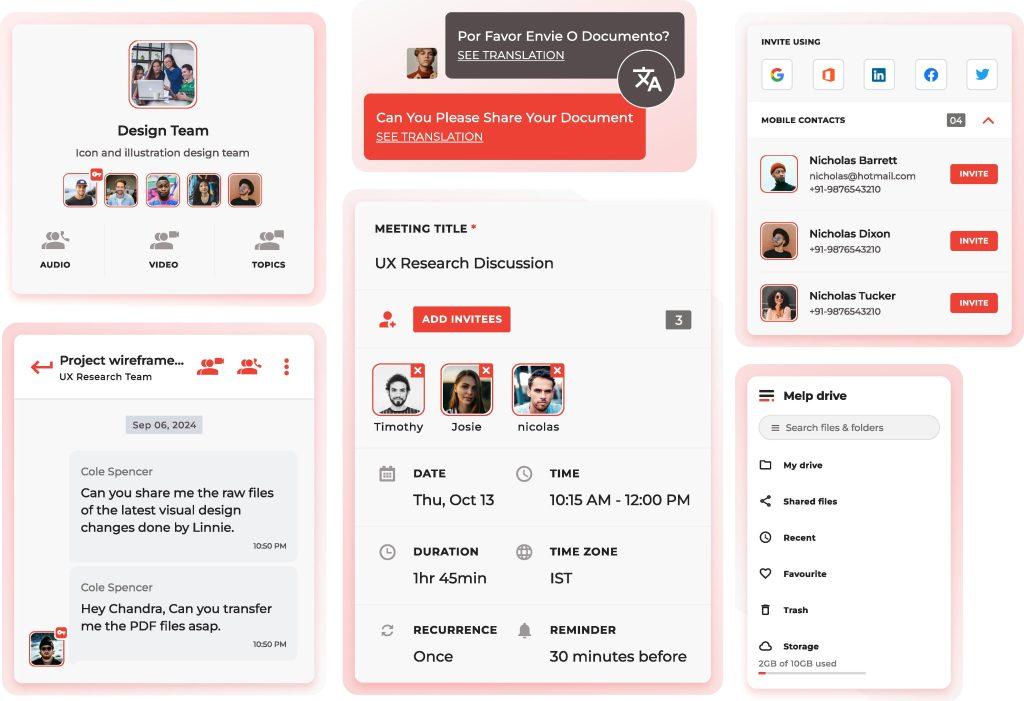MelpApp: A Game-Changer for Team Communication and Collaboration
In today’s fast-paced business world, effective communication and collaboration are essential for success

In today’s fast-paced business world, effective communication and collaboration are essential for success

Let me ask you something. Are you a business owner? Are you a team lead? Are you a member of a team? If you are any of these, let me directly put it

To add featured content go to Theme Options -> Homepage (Featured) and turn the switch on then add the content you want for each section.
Vietnam has a way of surprising people who arrive with neat plans and tidy assumptions. On paper, it looks like a fast-growing economy with competitive labor costs, a young workforce, and a strategic location in Southeast Asia. In reality, it is all of that, but it is also something more human, more layered, and occasionally
Portugal has quietly become one of the most realistic and welcoming places in Europe for foreigners who want to build a business. Not just dreamers, but people who actually want to register a company, open a bank account, pay taxes correctly, and grow something meaningful over time. Whether you are an entrepreneur relocating with family,
There is a quiet shift happening in Southeast Asia that many global founders and investors did not notice at first. While attention has long focused on Singapore, Indonesia, or Vietnam, the Philippines has been steadily building something different and surprisingly compelling. Today, Philippines startups are no longer just local success stories. They are becoming serious
Introduction Most work today happens quietly inside collaboration tools. Conversations replace meetings. Files move faster than email ever allowed. Decisions get made in chat threads, not boardrooms. Teams trust these platforms because they feel familiar, quick, and convenient. That comfort is exactly what makes them dangerous when security is weak. Many organizations still rely on
Introduction Work did not change all at once. It shifted quietly. First, a few days at home. Then fewer desks in the office. Then teams spread across cities without anyone making a big announcement about it. What used to be a routine of morning commutes and in-person meetings slowly gave way to something less predictable
Introduction Think about the last time you needed a quick answer at work. You probably did not open your email, write a carefully worded message, and wait half a day. You typed a short line, hit send, and expected a reply within minutes. That simple habit says a lot about how work actually happens now.
Introduction Think about how work actually gets done today. A teammate sends a quick message before breakfast. Someone else reviews a document while sitting in traffic on a train. A decision that once took a meeting room and a whiteboard now happens across time zones in a shared digital space. This is not a trend
Business process outsourcing has evolved into a significant support system for companies seeking to scale without incurring additional internal workload. Yet the work inside a BPO is rarely as simple as it looks from the outside. Teams deal with constant pressure from clients, tight deadlines, shifting priorities, and the high expectations that come with being
Many small business owners worry that meaningful security requires expensive tools, large teams, or complex systems. This belief often leaves them unsure about where to start or what steps truly matter. The reality is very different. Strong Organizational Security is less about big budgets and more about consistent habits, informed decision-making, and awareness of what
Communication is the heartbeat of every modern organization. Teams share ideas, customers reach out for help, and partners exchange sensitive information. Yet the same channels that keep a business running can also become the easiest path for cybercriminals. This is why Communication Security has become a core priority for companies of every size. From email